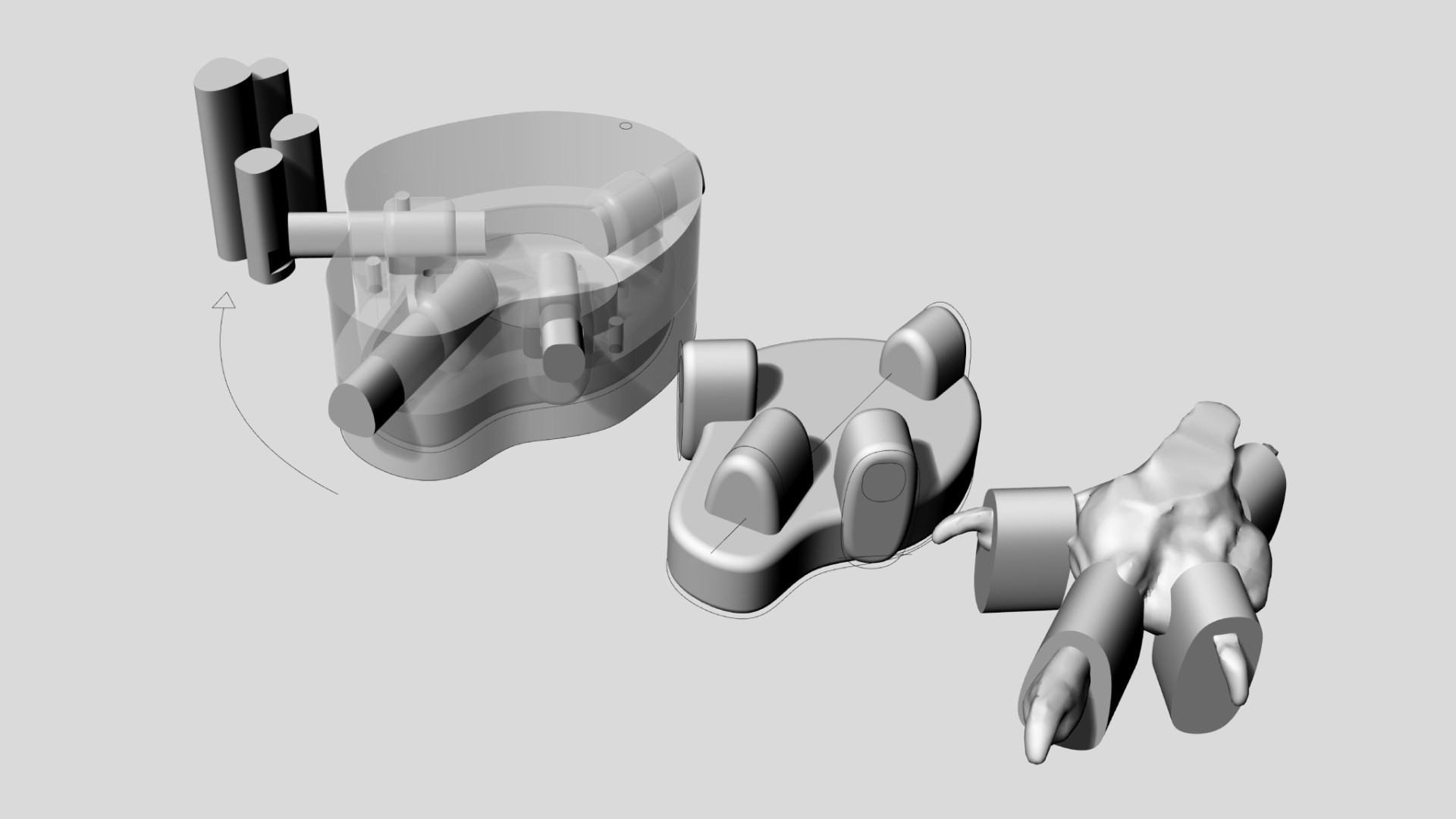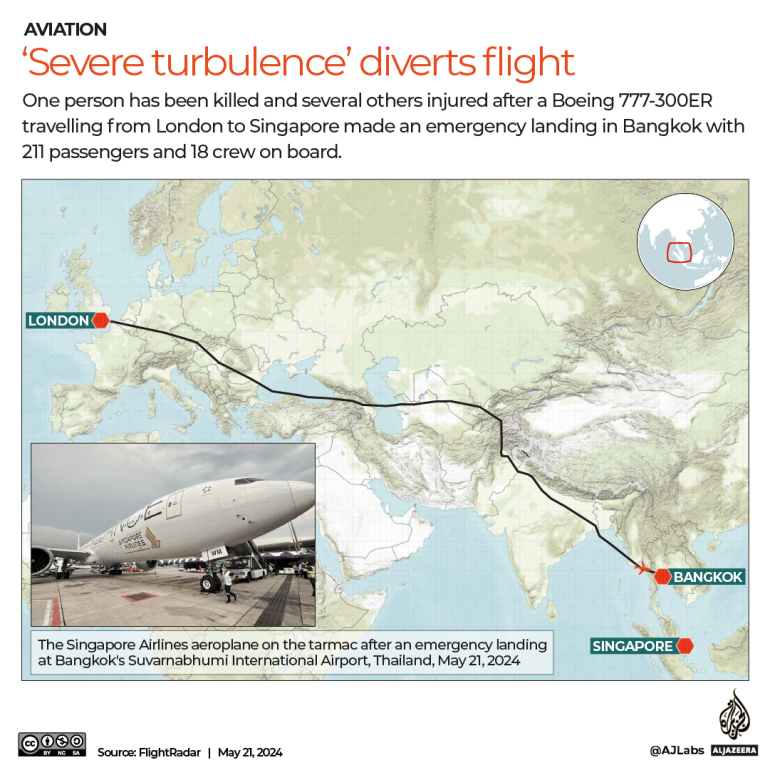
3D printing technology now has a new addition to its list of useful applications – producing protective shoes for birds. In a first for Asia, Jurong Bird Park’s avian veterinary team and the Keio-NUS CUTE Center at the National University of Singapore (NUS) jointly embarked on a two-year effort to create silicone shoes casted from 3D printed moulds for the wildlife park’s birds of prey. This collaboration has achieved an effective treatment plan for a medical condition known as pododermatitis or ‘bumblefoot’ in birds.
Pododermatitis results in pressures sores, tissue swelling and callouses, and if left untreated, could become disabling and even fatal. The protective silicone shoes were designed to relieve and redistribute pressure on the weight-bearing surface of the patient’s feet, as well as aid in the recovery of the degenerative condition of the avian foot. Under certain conditions, some birds tend to spend longer periods perched on their feet. The continual pressure and weight on their feet can cause sores and swelling. In addition, arthritis which is common in geriatric birds can also lead to issues such as pododermatitis. In developing this treatment plan, it also plays a part in enhancing the quality of life of the park’s aging birds.
Dr Xie Shangzhe, Acting Deputy Vice President, Conservation Research and Veterinary, Mandai Wildlife Group said, “While pododermatitis can be treated with traditional bandages, we wanted a more bespoke and innovative solution to treat the patient. We decided to look into 3D printing because it provided a more precise way of distributing the force the feet have to bear away from the affected area. We had a good partnership with the Keio-NUS CUTE Center previously, and it was only natural for us to approach them again for this collaboration. The possibilities are far reaching when the engineering and veterinary sciences come together to work on real-world solutions.”
The Keio-NUS CUTE Center started research and design of the shoe two years ago. After 2 months of intensive creative development, the final shoe design was completed and a custom-made protective shoe was developed for its first patient, Walter the 21-year-old female hooded vulture.

After recovering from her first shoe treatment that lasted 17 weeks in 2019, Walter was released to the Birds of Prey aviary. But love had other plans. She started displaying courtship behaviour with another bird and preparing a nesting area. The nesting area was on a hard high rock ledge where she spent an extended amount of time perching, causing her bumblefoot condition to recur. Walter was once again fitted with the shoes and put under observation from August to October this year. Her symptoms improved dramatically during this period and Walter’s shoes have since been removed. She will be discharged from her observation ward into a special aviary for retirees of the park’s Kings of the Skies Show where another hooded vulture resides. If she’s in the mood for love again and nesting behaviours are observed, Walter will be provided with a suitable nesting area to prevent reoccurrences of the condition.
“A big advantage of 3D printing is the flexibility to customise the shoes according to the varying sizes, shapes and conditions of each bird’s foot. The team at the Keio-NUS CUTE Center worked closely with Jurong Bird Park to design a shoe that was appropriate in terms of measurement, material and usability according to the bird type and its unique usage behaviours. 3D technology has been a new approach to building and evaluating ideas through prototyping. This collaboration with the Jurong Bird Park has given us the opportunity to experiment with interesting ways to incorporate the Center’s existing 3D capabilities and processes like 3D printing, silicone casting, and material explorations such as better elasticity, durability, and more, to achieve truly unique outcomes,” said Associate Professor Yen Ching-Chiuan, Co-Director of the Keio-NUS CUTE Center at NUS.
In August 2021, another geriatric and Kings of the Skies retiree, Miguel the 31-year-old male Southern caracara, was also fitted with his own customised protective shoes. Miguel, who developed pododermatitis as a result of arthritis from his advanced age, saw remarkable improvement after two and a half months of wearing the shoes.

Veterinarian Dr Ellen Rasidi oversaw the patients’ recovery that included cleaning the shoes on a weekly basis and regular monitoring to review the progress of the healing on their feet. Miguel’s shoes have been removed and he has also been discharged into the retirement aviary where he will spend his golden years with his fellow retiree birds of prey.
Earlier in the collaborative design process, the team at Keio-NUS CUTE Center had to design the shoe based on photos and measurements of the birds’ feet provided by Jurong Bird Park. This task became more challenging as the team had to incorporate several design considerations. For example, the shoe had to serve its main purpose of relieving and distributing pressure on the weight-bearing foot, and it also had to be comfortable for the bird to remain active while wearing the shoes. In addition, the shoe needed to be easily removed and cleaned. The material used must be non-toxic and durable as the patients may pick at the shoe with their sharp beaks.

The team went through multiple iterations, experimenting with designs of different shapes, and fabrication methods, while improving shoe durability, material type and comfort, before successfully arriving at a shoe design that was suitable for treating the foot condition, while allowing for the best fit and comfort for the avian patients.
This is not the first time Jurong Bird Park and the Keio-NUS CUTE Center have worked together to use 3D-printing technology for veterinary care. In 2018, the Keio-NUS CUTE Center designed and fitted a 3D-printed prosthetic casque for Jary the great pied hornbill, who had his casque removed due to cancer. Jary has since made a full recovery and no longer needs his prosthesis.









